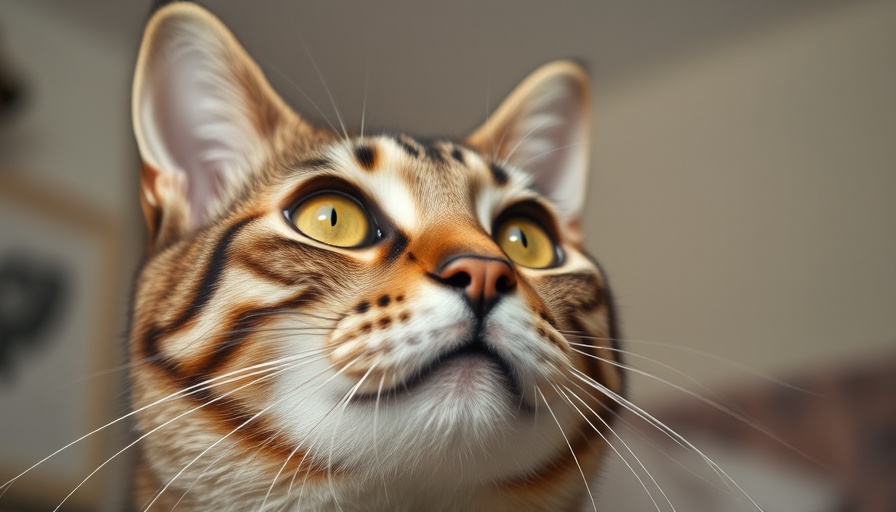
Understanding the Mystique of Cat Eyes
Cats, in their enigmatic nature, have fascinated humans for ages, yet one characteristic stands out - their unique pupil shape. Unlike humans with round pupils, domesticated cats have vertical slit pupils. This adaptation is not just a quirk of their biology; it plays a critical role in their hunting strategy and survival.
The Role of Pupil Shape in Hunting
One of the most intriguing aspects of feline pupils is how they enhance a cat's ability to hunt. Research indicates that vertical-slit pupils are common among nocturnal predators. This adaptation allows cats to see more light during low-light conditions, essential for their primarily nocturnal hunting habits. The slit shape widens to gather enough light in darkness and narrows sharply in bright daylight, akin to a camera lens adjusting for optimal vision.
Enhanced Depth Perception
The slit pupils also give cats superior depth perception. A study published in Science Advances posits that this pupil shape improves the brain's ability to gauge distances essential for an ambush attack. As a creature that often crouches and pounces, the ability to accurately assess distance is vital for a cat's survival. Cats can quickly adjust pupil size to sharpen their focus, providing them with a competitive edge in the wild.
Vertical Slits and Stealth
In addition to aiding in distance measurement, slit pupils contribute to a cat's stealthy approach while stalking prey. The elongated shape enables cats to track their targets effectively, allowing them to get closer without being detected. As a result, they can initiate the chase only when they are ready to pounce, capitalizing on their agility rather than endurance.
The Comparison to Other Animals
Interestingly, cats are not alone in having vertical slit pupils; many reptiles, such as snakes, utilize this feature for similar reasons. This evolutionary trait highlights the connection between an animal's environment and its physiological adaptations. For instance, larger predators like lions and tigers possess round pupils, indicating a different hunting strategy suitable for their size and lifestyle.
A Broader Perspective on Pupil Shapes
The diversity of pupil shapes across species illustrates a fascinating aspect of evolution. Leaders in the field, like vision researcher Martin Banks, emphasize that a deeper exploration into pupil shapes could unveil insights into animal behavior and survival techniques.
In essence, the humble cat's pupil tells a story of adaptation, survival, and the evolutionary strategies honed over millions of years. As we observe our feline friends, let’s appreciate how much more their eyes represent than mere beauty; they encapsulate a remarkable evolutionary legacy.
 Add Row
Add Row  Add
Add 



Write A Comment